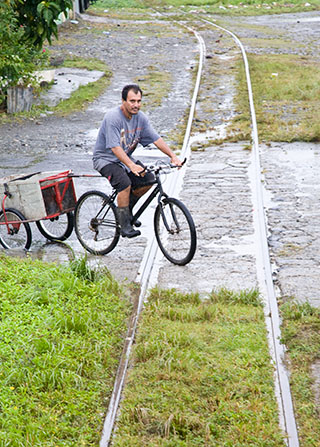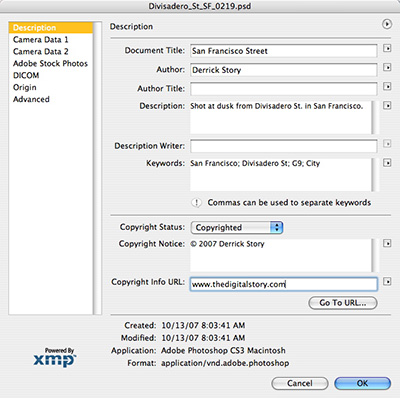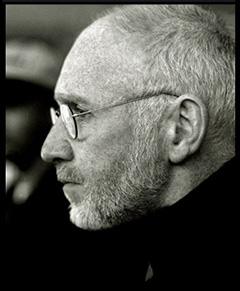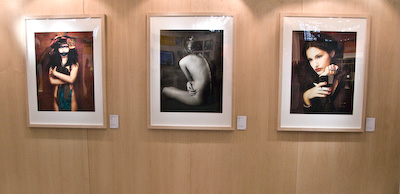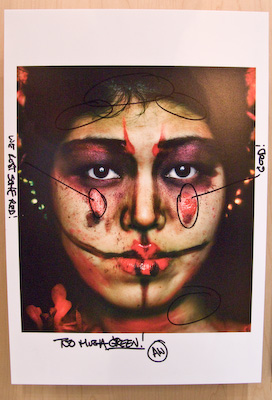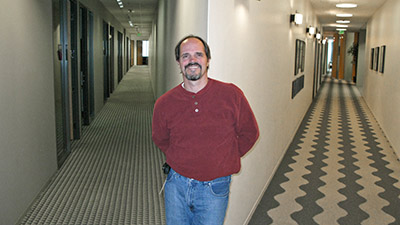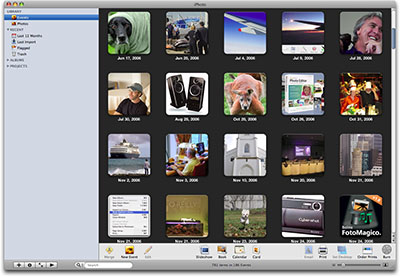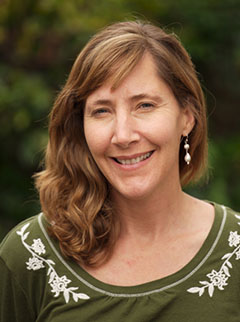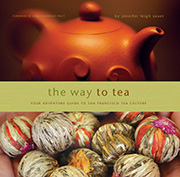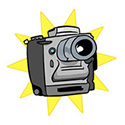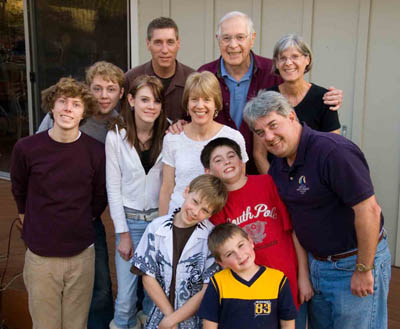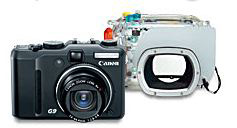
How do you protect your digital camera? Hopefully not by staying indoors when the weather gets interesting.
In this podcast, I discuss some of my favorite ways to protect my cameras in all sorts of weather conditions: from the depths of the ocean to a showery afternoon in the country. Often, these are the situations when you can find some of the most interesting shots.
Want to see what you can do with an $150 underwater housing and a compact point and shoot? Take a look at my underwater gallery from the Caribbean.
Monthly Photo Assignment
Light and Dark is this month's photo assignment. It's time to work with shadows and pools of light. See how you can manage a composition that features interesting highlights and shadows. You can read more about how to submit on our Submissions page. Deadline for entry is Nov. 30.
Listen to the Podcast
Now that I've piqued your curiosity, it's time to listen to today's audio show titled, "Weatherproof Your Camera." You can download the podcast here (30 minutes). You can also subscribe to the podcast in iTunes
The Digital Story Podcasts are available for direct download from Apple iPhones. I've created a special mobile download page here. Just load the page in Safari, browse the podcast line-up, and click on the one you want to listen to.
Want to share photos and talk with other members in our virtual camera club? Check out our new Flickr Public Group. It's a blast!
Have you looked at the Park by the Numbers Camera Phone Project? If you have a camera phone, you've got to check this out.
Events! See the TDS Event Calendar for photography workshops, speaking engagements, and trade show appearances.
Technorati Tags: Caribbean, digital photography, podcast, technique, Technology, The Digital Story, tips, Underwater
Sponsor Notes...
Add Magic to Your Slideshows -- FotoMagico presentations are so amazing that your audience will be asking how you did it.

